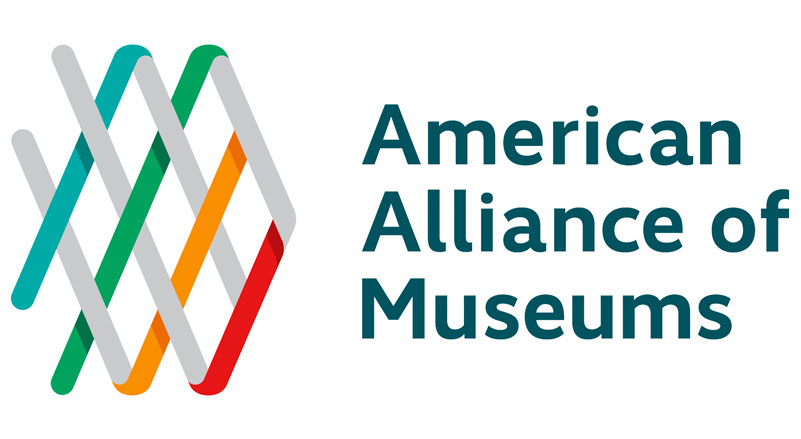Weatherspoon Art Museum, University of North Carolina at Greensboro. Museum purchase with funds from the Dillard Paper Company for the Dillard Collection, 1980.2794
Responding to the emergence of abstract expressionism in the United States during the 1950s, Byron Browne began rendering more gestural and painterly artworks, such as this collage-like arrangement of biomorphic shapes that suggests a still life. Contrary to his earlier, more representational works, these unpredictable positionings of abstract forms explore new aesthetic territories, but do not completely detach from Browne’s belief that abstraction originates in the physical world. By using both rigid and rounded shapes, painterly gestures, natural colors, and a composition that extends beyond the paper, Browne offers an expanded artistic perspective of American art.


